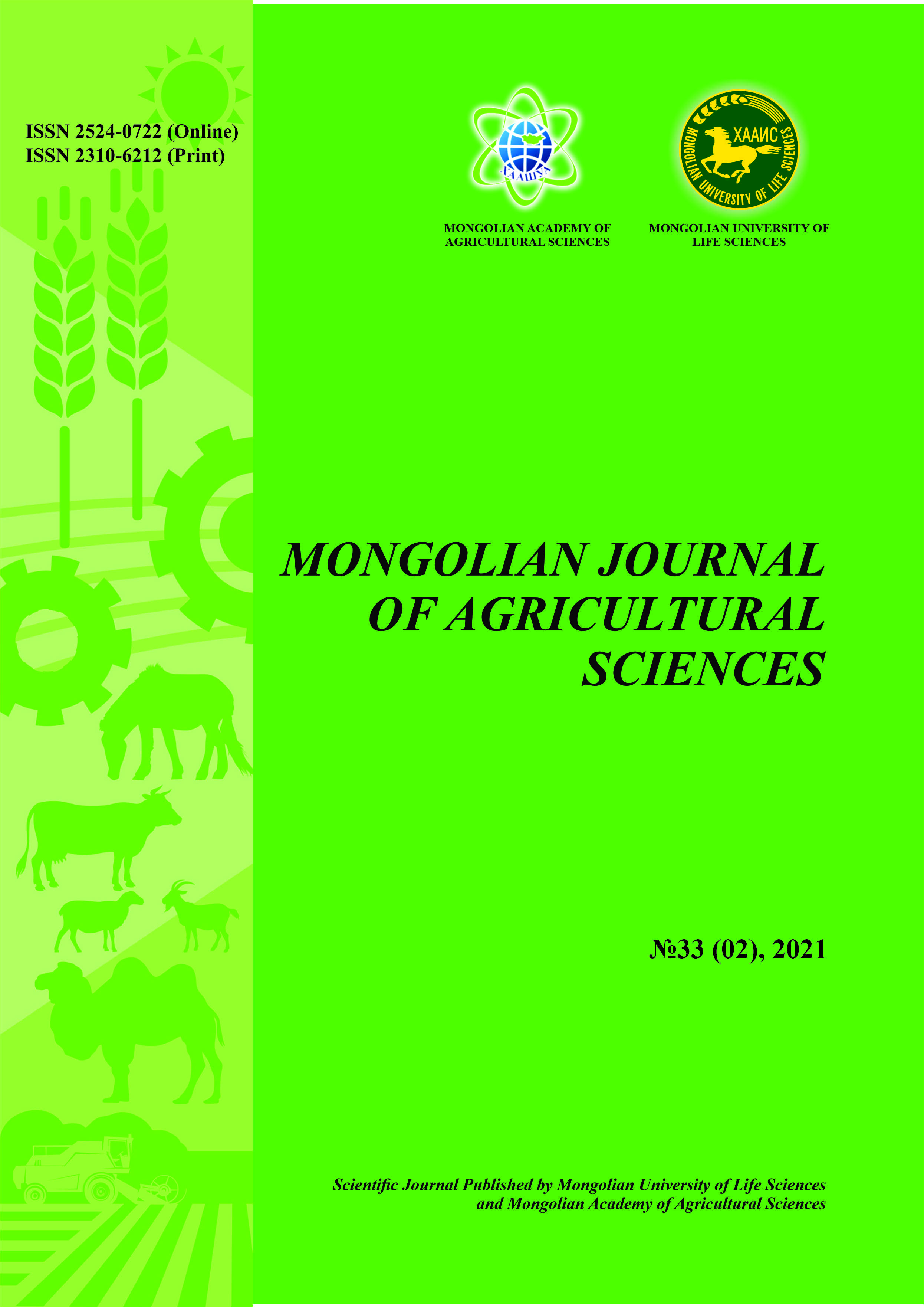Comparative study of gut microbiota Mongolian and Asian people
DOI:
https://doi.org/10.5564/mjas.v33i2.1744Keywords:
Gut microbiota, Lactobacillus, Enterotypes, Mongolian peopleAbstract
Mongolia has the unique dietary habit having a great deal of animal products especially among rural resident.To capture the status of Mongolian gut microbiome, we characterized bacterial community of 98 healthy Mongolian adults and compared with that of adults in five Asian countries, including Korea, China, Japan, Thailand and Indonesia. Principal component analysis (PCA) was performed based on genus composition of each sample. As a result, three microbiome-type cluster, the so-called “enterotype”, driven by the three taxonomic groups, Prevotella (P-type), Bacteroides and Bifidobacterium (BB-type), and Ruminococcaceae (R-type), were observed. Most of Mongolian subjects harbored P-type, which is known to strongly depend on carbohydrate-based diets. Further, the metagenomic analysis indicated that Catenibacterium and Lactobacillus were enriched in Mongolian subjects which may be concerned with intake of animal-based and dairy products-based diets, respectively. These results suggest that gut microbiome status of Mongolian people associates with the traditional unique dietary habit.
Downloads
765
Downloads
Published
How to Cite
Issue
Section
License
Copyright (c) 2021 Akari Shinoda, Demberel Shirchin, Dugersuren Jamiyan, Tsogtbaatar Lkhagvajav, Chantsaldulam Purevdorj, Sainbileg Sonomtseren, Battogtokh Chimiddorj, Bira Namdag, Phatthanaphong Therdtatha, Jiro Nakayama

This work is licensed under a Creative Commons Attribution 4.0 International License.
Copyright on any research article in the Mongolian Journal of Agricultural Sciences is retained by the author(s).
The authors grant the Mongolian Journal of Agricultural Sciences a license to publish the article and identify itself as the original publisher.

Articles in the Mongolian Journal of Agricultural Sciences are Open Access articles published under a Creative Commons Attribution 4.0 International License CC BY.
This license permits use, distribution and reproduction in any medium, provided the original work is properly cited.




